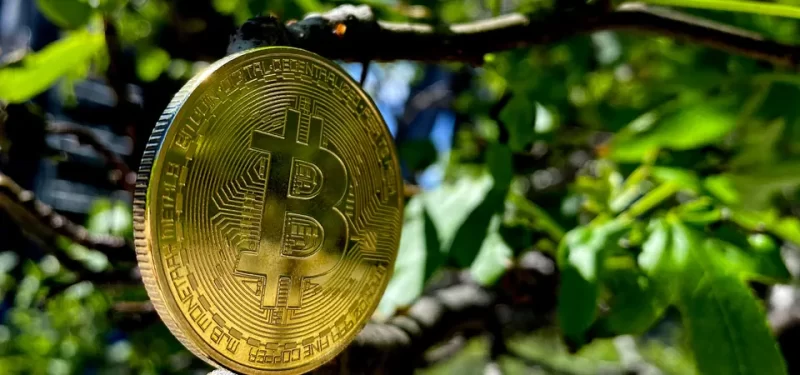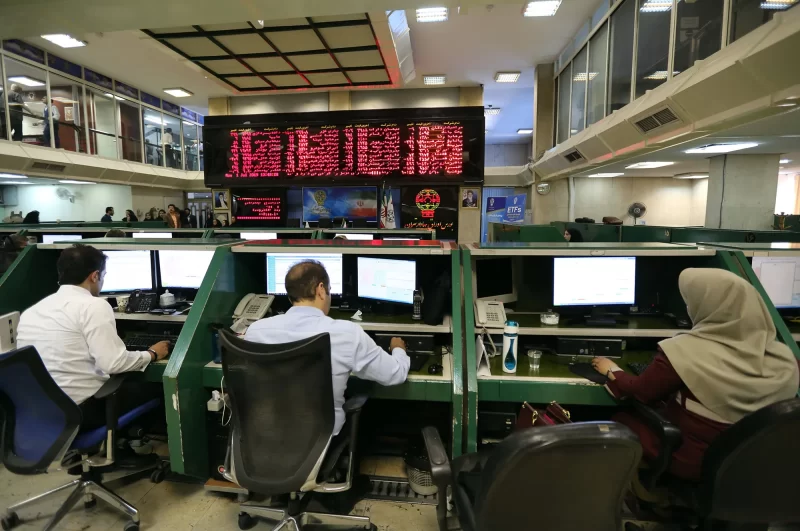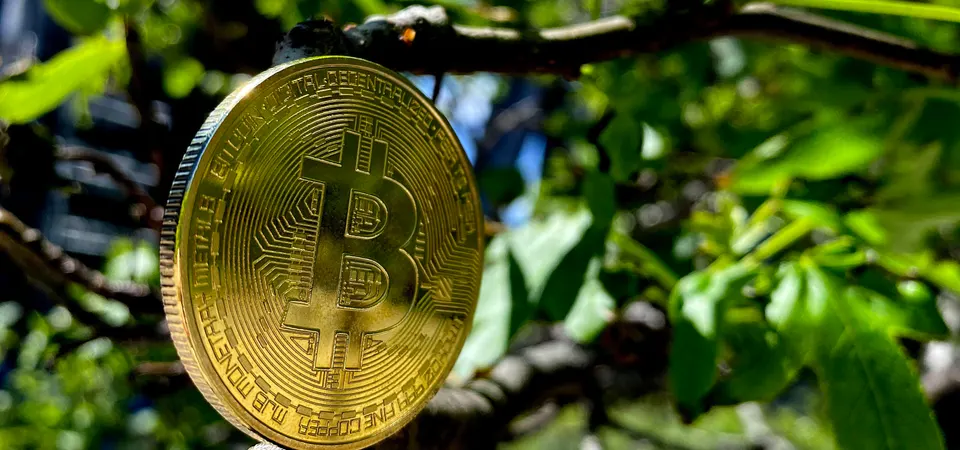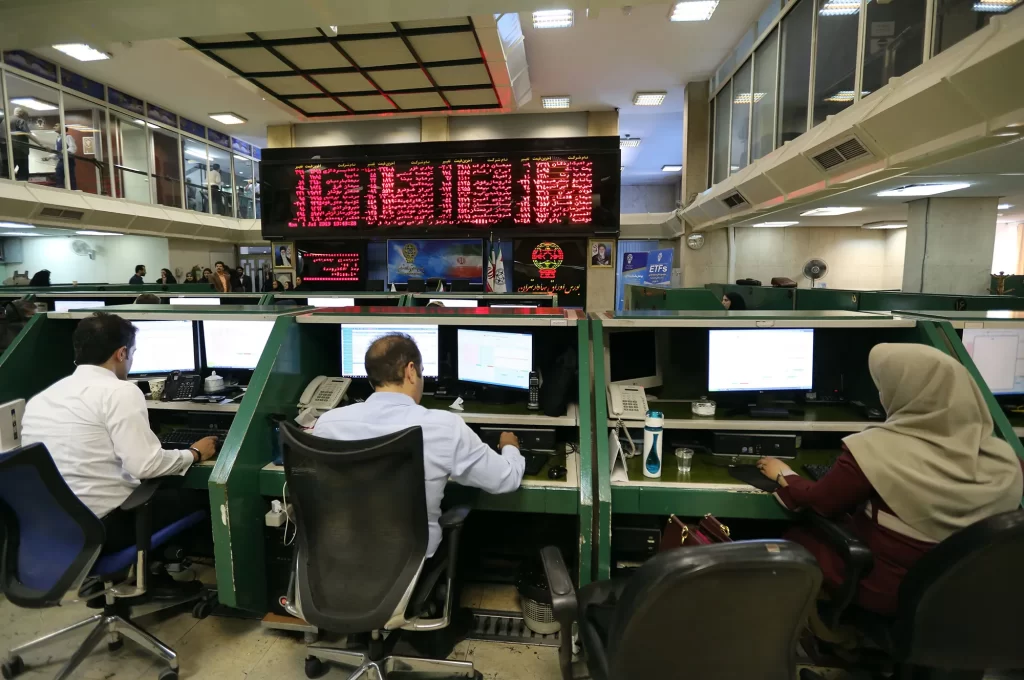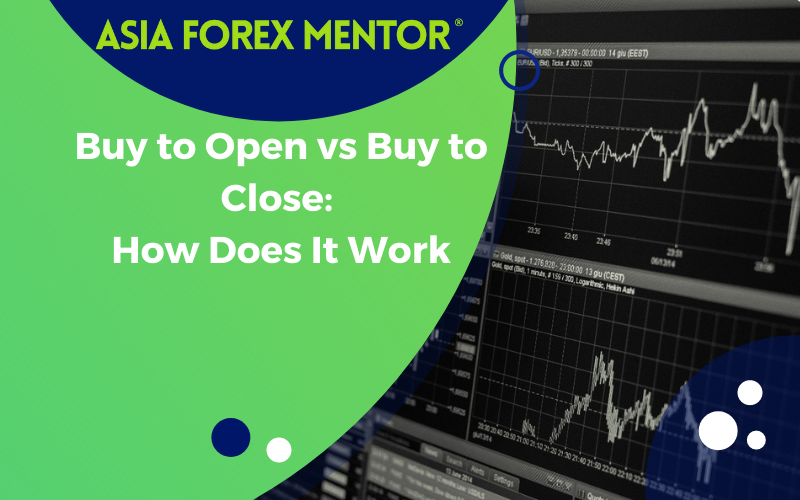
If you are a newbie to the stock market. Then you may have encountered the terms Buy to Open and Buy to Close. You may think these terms relate to real estate. But they refer to options that are traded on stocks, indexes, exchange-traded funds, and commodity futures. The reason options are popular is that they are less expensive to trade than the underlying security.
Options brokers have more choices when opening and closing a trade. That is not a privilege reserved for security investors. Buy to Open and Buy to Close option transactions are designed to take advantage of upward and downward trends.
Contents
- What are Options?
- Types of Derivative
- Strike Price
- Not the Obligation of the Buyer
- Buy to Open Strategies for The Market
- Making a Bet on the Price Direction
- Set Expiration Date
- Buy to Close Position
- Close Position Before Contract Expires
- Conclusion
- FAQ
What are Options?
Options trading is similar in concept to a bet between the seller and the buyer. The two are betting on the direction the price will move in the future on an underlying stock. The contract enables traders to buy or sell shares at the agreed price. Traders can do so but are not required.
Call options and put options are the two types of options. The call option enables the holder of the option to buy a share. While the pull option gives him the opportunity to sell a share.
Types of Derivative
Pull or call options are a type of derivative security. Their price is connected to the price of another underlying asset.
One way of understanding this is to think of a house under construction. When it is done after two years, the price of the house, will come from current prices on the real-estate market. And not on the prices when construction started.
Strike Price
We need to mention another term, and that is a strike price. It is a price of an underlying asset, that is agreed upon by both the buyer and the seller.
We can take an example for a house under construction. The price is $2,500 per square foot. What happens with call and put options in that case?
In the case of the call options. The buyer makes a bet that the price of a house will go over $2,500 per square foot in the upcoming two years. The opposite bet is made by the seller. In this situation if the buyer made the right bet. He can buy the house at the agreed price at any time during the given two years. And later sell it at the real market price for a profit.
Not the Obligation of the Buyer
When we are talking about put options, the buyer is making a different bet, that in the upcoming two years the market price of the house will go down under $2,500 per square foot. The seller is making the opposite bet. If the buyer is right, he can buy the house at that lower price. After that he can sell it to the option seller at the agreed strike price. In this case it would be higher. The seller is obliged to buy it at the strike price.
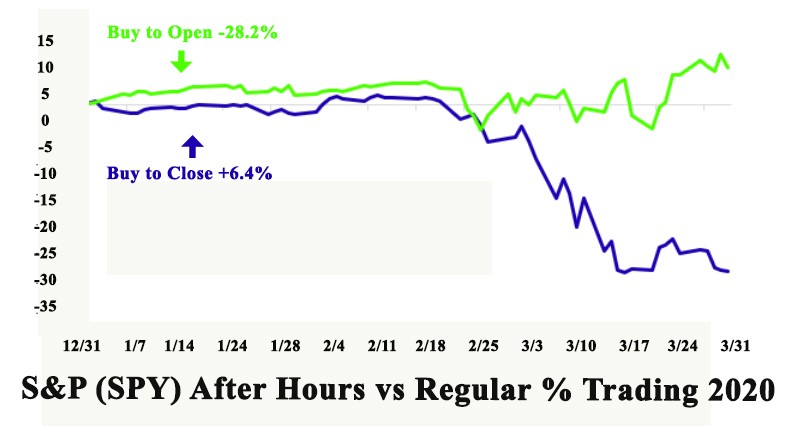
Buy to Open Strategies for The Market
As you enter a trade you Buy to Open a new position. That means that an options broker is willing to buy an option so he can open a position.
There are two ways a position can be opened. The one we are discussing is Buy to Open and the alternative Sell to Open. Traders use Buy to Open when they want to start a long position. They base this strategy on the expectation that the value of the option will rise.
By using Buy to Open, the investor is making a new options contract in the market. In this situation, the cost of the option is debited from the trading account. The trader gets a long position in the market.
Making a Bet on the Price Direction
Traders can use Buy to Open to buy both a call and a put. The process is the same for both.
When for a call position a Buy to Open is used. That signals that the trader expects the price of the underlying stock to rise. In turn, increasing the value of the call option.
But when a Buy to Open is used for a put position. That means that the investor is making a bet that the price of the stock will fall. That will also grow the worth of the option. The Buy to Open means the investor is going long on the value of the option. But not the worth of the underlying asset.
No matter if you employ a Buy to Open order for a call or a put. In order to close out the position. You will need to buy the call or put option back. This is accomplished with a Sell to Close order.
Set Expiration Date
There are few situations that you can use Buy to Open vs Buy to Close. We can share three examples:
- Long Put: If you expect a stock to decline in the near term. You can purchase a long put and potentially make big money if you are right.
The position remains open until: you close the position by selling the put-back, it expires worthless or exercise the put.
- Bull Call Spread: It is a debit spread where you profit from higher moves in the underlying price of a share. It brings less risk than simply purchasing a long call. It is basically buying a call option at agreed upon price and selling a second call at a different price.
In a Bull call spread. The long and the short have the same expiration month.
- Long Call: If you expect the asset to make a move soon. Then you decided to buy a long call to profit from that move. You initiate your position by purchasing to open the long call with an agreed-upon price and a set expiration date.
Until it expires, the position will stay open. You use it and take possession of 200 shares by buying those shares at the agreed price. The last alternative is to close the open position by selling the callback.
Buy to Close Position
The difference between Buy to Close and Buy to Open is that in the first case the order is used when you are seeking to close the position.
While a Sell to Open order is placed by the sale of a call or put option. The Buy to Close is required to close the position. When a call or put option is sold. The traders find themselves in a short position and provide money upfront for creating the option.

Close Position Before Contract Expires
After some period, the position may make a profit or loss. The trader may want to close out his position before expiration. If he wants to do that, they would have to buy back the options that were sold. Which would require them to use a Buy to Close order.
When this happens, the investor will be paying for somebody to take the position. The new owner can then hold it to expiration. He can also close his position before expiration with a Buy to Close order.
Conclusion
The key takeaways for a new options trader who plans to start trading underlying securities is that an option is a contract between two sides. The trader needs to know the difference between put and call option.
Trading options give the broker the opportunity, but not the obligation, to buy or sell underlying assets at an agreed upon price at a preset date. Options can be perceived as a bet between parties. The current price is not important, option traders are betting on the price direction in the future. This is done by having a predetermine price on the underlying security.
All of this may sound complex, but when you start learning the options market, you will see the bigger picture. When you are learning financial concepts, it’s important to truly understand everything before you start investing on your own.
FAQ
What does buy to close mean?
It means that the trader wants to buy an asset to close, a short position in that same asset.
How do I get rid of buy to open?
Establishing a new short position is called sell to open, which would be closed out with a buy-to-close order. If a new options investor wants to sell a call or a put, that investor should sell to open.
Should I buy to close or let expire?
The closer you come to the expiration the more value you will lose. The best option is to protect your capital by closing out your option trades and keep your profit or minimize losses before the expiration.



